- Home
- Machining techniques
- CNC Machining Services
- Cooperative supply services
- Designs
- Materials
- Finishing Services
- Shop
- Products
- Guide
- About Us
- Contact Us
2023.5.25
The realm of manufacturing has witnessed tremendous advancements over the years, bringing about a transformative shift in machining processes. Traditionally, manual machining techniques were the primary method of fabricating intricate parts and components. However, the advent of CNC machining has revolutionized the industry, sparking an ongoing debate regarding which approach is superior. In this article, we will delve into the comparison of CNC machining and manual machining, exploring their respective strengths and weaknesses to help determine which method is better suited for various manufacturing requirements.
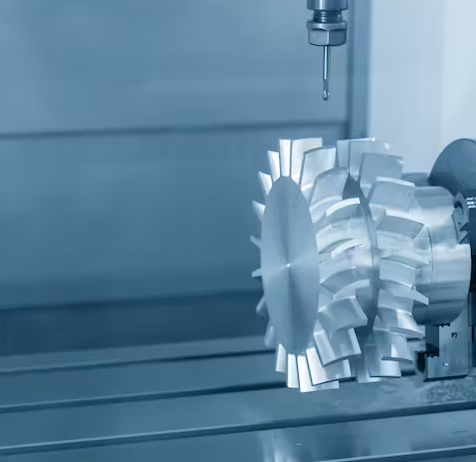
CNC machining, standing for Computer Numerical Control, is a manufacturing process that employs pre-programmed computer software to control the movement of machine tools. By feeding instructions into a CNC machine, manufacturers can produce precise and complex parts with minimal human intervention. CNC machines can include lathes, mills, routers, grinders, and more, catering to a wide range of machining applications.
Manual machining refers to the traditional approach of using hand-operated tools and manually controlled machines to shape and fabricate parts. It relies heavily on the expertise, skill, and experience of the operator to achieve the desired results.
Benefits of CNC Machining:
– Precision and Accuracy: CNC machines are renowned for their exceptional precision and accuracy, as they follow programmed instructions meticulously. The elimination of human error and the ability to reproduce identical parts consistently make CNC machining ideal for projects demanding high tolerances.
– Efficiency and Productivity: Once programmed, CNC machines can operate continuously, 24/7, without the need for human supervision. This results in increased productivity and faster turnaround times compared to manual machining, where the speed and output are limited by the operator’s skill and endurance.
– Complex Part Production: CNC machining excels at creating intricate and complex parts that would be challenging or even impossible to produce manually. The ability to execute complex geometries, intricate patterns, and multi-axis movements enables CNC machines to tackle intricate designs with ease.
– Repetitive Operations: Repetitive manufacturing tasks, such as producing multiple identical components, are executed flawlessly by CNC machines. This consistency not only saves time but also minimizes material waste, making CNC machining highly cost-effective for large-scale production runs.
– Safety and Operator Comfort: CNC machines reduce the risk of accidents and injuries associated with manual machining. Operators are not exposed to rotating cutters, sharp tools, or flying debris, enhancing workplace safety. Additionally, CNC machines require less physical effort, resulting in reduced operator fatigue.
Benefits of Manual Machining:
– Flexibility and Adaptability: Manual machining allows for greater adaptability, particularly when dealing with unique, one-of-a-kind projects. Skilled machinists can make adjustments and adapt their techniques on the fly, accommodating design changes and unforeseen challenges.
– Cost-Effective for Small-Scale Production: For low-volume production runs or prototypes, manual machining can often be more cost-effective than CNC machining. The absence of programming and setup costs, as well as the reduced need for specialized equipment, makes manual machining a viable option for smaller operations.
– Skill Development and Craftsmanship: Manual machining requires a high level of skill and craftsmanship, fostering a deeper understanding of the machining process. The artistry and tactile nature of manually shaping materials provide a unique satisfaction for machinists passionate about their craft.
– Maintenance and Repair: In situations where a CNC machine breaks down or requires repairs, having manual machining skills can be invaluable. Machinists with manual machining expertise can fill the production gap while waiting for the CNC machine to be repaired, ensuring minimal downtime.
Control and Automation:
CNC Machining: In CNC machining, computer software controls the movement of the machine tools. Operators program instructions into the computer system, which then directs the machine to execute precise movements and operations automatically.
Manual Machining: Manual machining, also known as conventional machining, relies on the manual control and operation of tools and machines by skilled machinists. Operators use their hands and physical control to shape and manipulate the materials.
Precision and Accuracy:
CNC Machining: CNC machines offer high precision and accuracy due to their ability to precisely follow programmed instructions. They can consistently produce identical parts with tight tolerances.
Manual Machining: Manual machining relies on the skill and expertise of the operator, which introduces a human factor. While highly skilled machinists can achieve good accuracy, the potential for human error and variations exists, leading to less consistent results.
Complexity and Versatility:
CNC Machining: CNC machines excel at handling complex geometries and intricate designs. They can execute multi-axis movements, allowing for the production of intricate parts with high complexity.
Manual Machining: Manual machining has limitations in handling highly complex geometries and intricate designs. It may be more suitable for simpler parts or projects that don’t require advanced capabilities.
Efficiency and Productivity:
CNC Machining: Once programmed, CNC machines can operate continuously without requiring constant human supervision. They offer higher efficiency and productivity compared to manual machining, as they can run unattended and at faster speeds.
Manual Machining: Manual machining is generally slower, as it relies on the operator’s physical control and pace. The productivity is limited by the operator’s skill, endurance, and manual manipulation of tools.
Cost and Setup:
CNC Machining: CNC machines require an initial investment in the machinery itself and programming software. The setup and programming processes can be time-consuming and may involve specialized training or skilled operators.
Manual Machining: Manual machining has lower initial investment costs since it doesn’t require CNC machines or programming software. It may be more accessible for smaller-scale operations or projects with budget constraints.
Flexibility and Adaptability:
CNC Machining: CNC machines offer less flexibility for immediate adjustments or modifications since changes require reprogramming. However, they provide excellent repeatability for mass production and can be adapted for various projects with reprogramming.
Manual Machining: Manual machining allows for greater adaptability and immediate adjustments. Skilled machinists can make on-the-fly modifications to accommodate design changes or unforeseen challenges, making it suitable for prototyping and custom projects.
Both CNC machining and manual machining have their respective advantages and considerations. The choice between the two depends on factors such as the complexity of the project, required precision, production volume, budget, and the available skill set of the operators.
In the ongoing debate between CNC machining and manual machining, it is evident that both approaches offer unique advantages and cater to specific manufacturing requirements. CNC machining excels in terms of precision, productivity, complex part production, repetitive operations, and operator safety. On the other hand, manual machining provides flexibility, adaptability, cost-effectiveness for small-scale production, skill development, and craftsmanship, while also playing a significant role in maintenance and repair tasks.
Ultimately, the choice between CNC machining and manual machining depends on factors such as project requirements, production volume, complexity, precision demands, budget considerations, and the availability of skilled operators. In many cases, a combination of both methods can be employed, with CNC machining for high-volume production and complex tasks, while manual machining is utilized for prototyping, repair work, or situations requiring immediate adaptability.
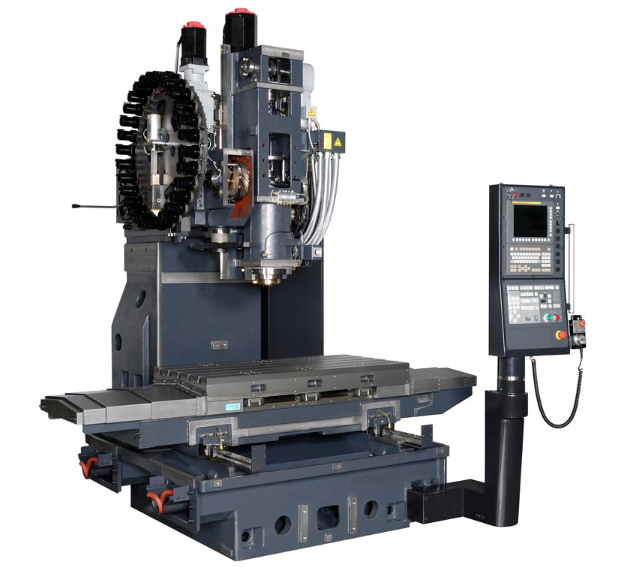 What is CNC Vertical Machining Center – VMC Machine Applications & Difference Between Horizontal Machining Center
What is CNC Vertical Machining Center – VMC Machine Applications & Difference Between Horizontal Machining Center
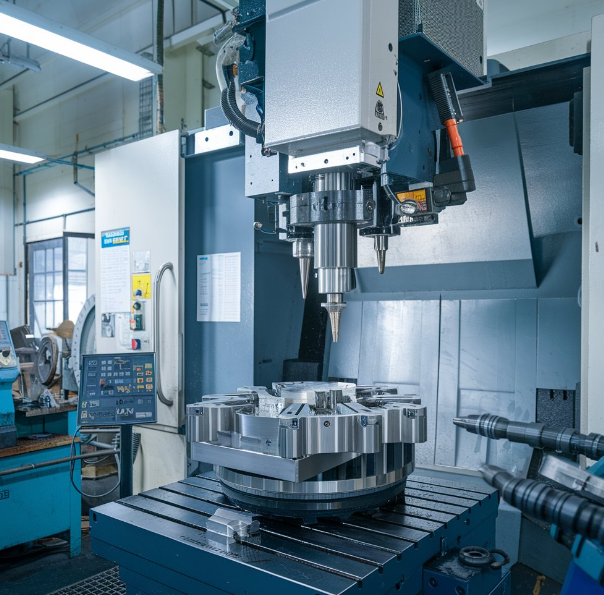 Why Choose China CNC Machining and How to Find the Best CNC Machining Manufacturer
Why Choose China CNC Machining and How to Find the Best CNC Machining Manufacturer
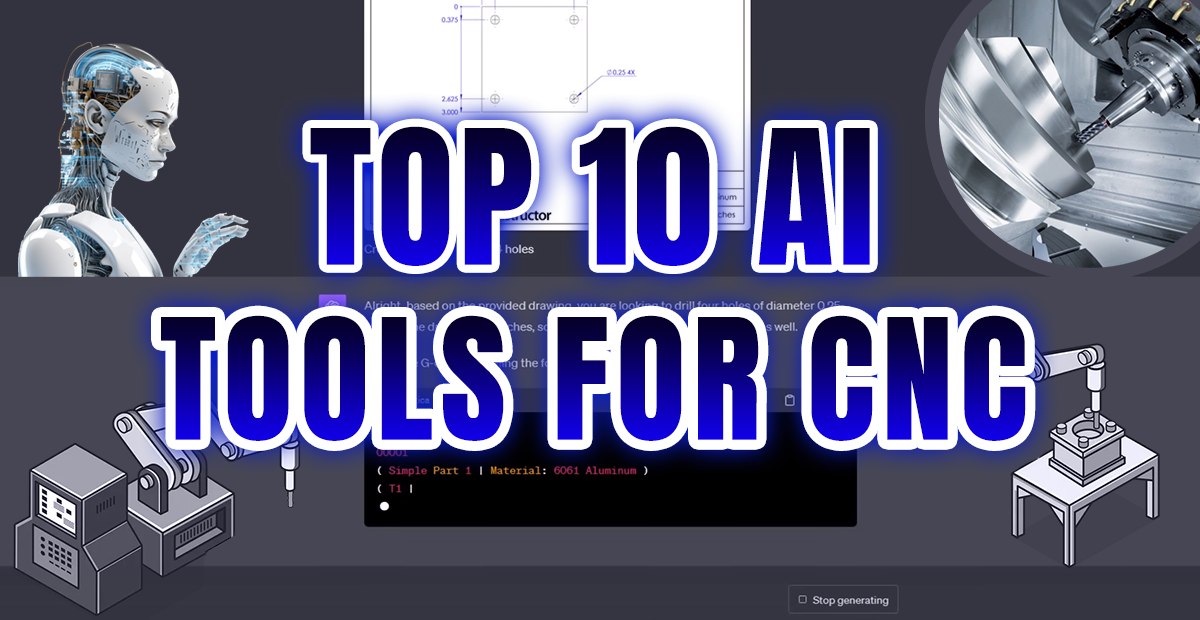 Top 10 Best AI for CNC Machining Program, CAM/CDM Design, G-Code Generate (Free & Paid)
Top 10 Best AI for CNC Machining Program, CAM/CDM Design, G-Code Generate (Free & Paid)
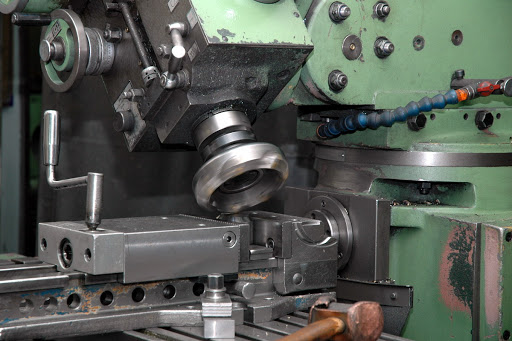 CNC Machining Vs Conventional Machining – Difference Between CNC Machining And Conventional Machining
CNC Machining Vs Conventional Machining – Difference Between CNC Machining And Conventional Machining
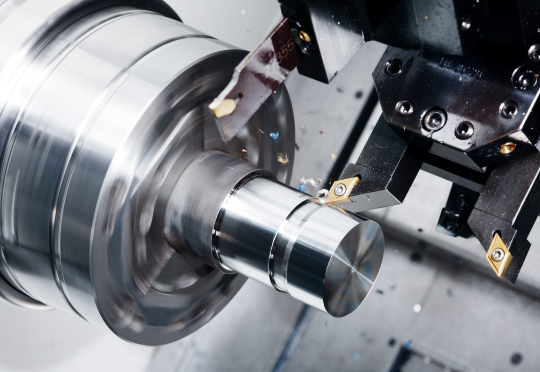 What Are The Advantages & Characteristics Of CNC Machining | CNCLATHING
What Are The Advantages & Characteristics Of CNC Machining | CNCLATHING
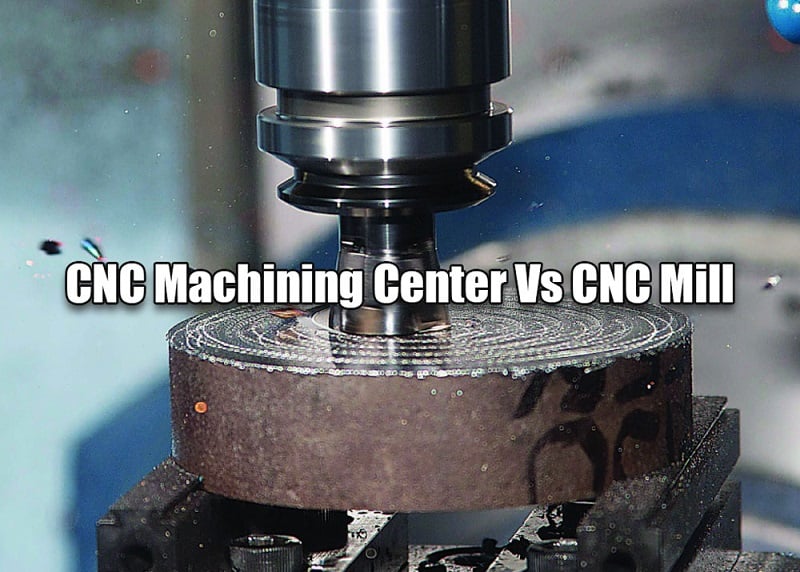 CNC Machining Center Vs CNC Mill – Difference Between Machining Center And Milling Machine In Programming
CNC Machining Center Vs CNC Mill – Difference Between Machining Center And Milling Machine In Programming
